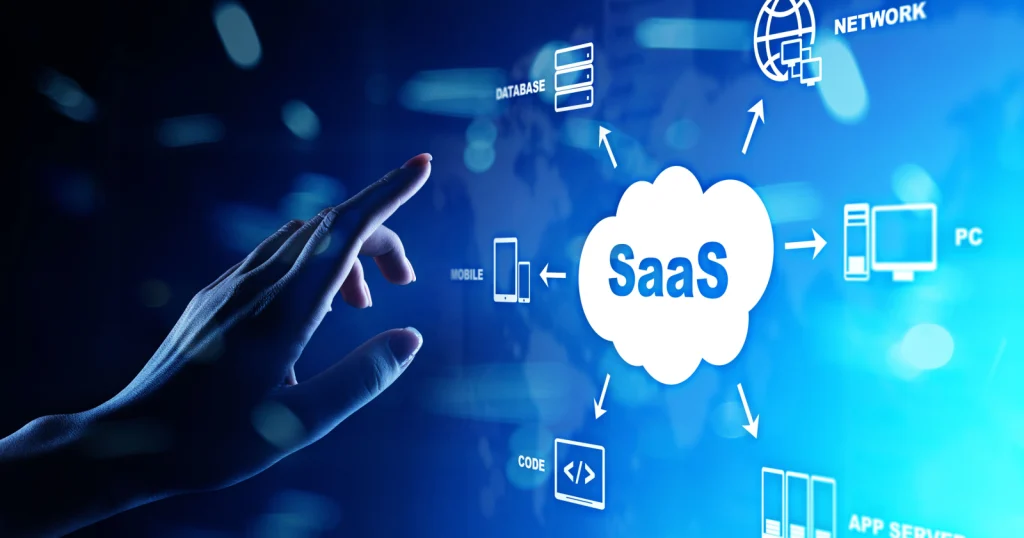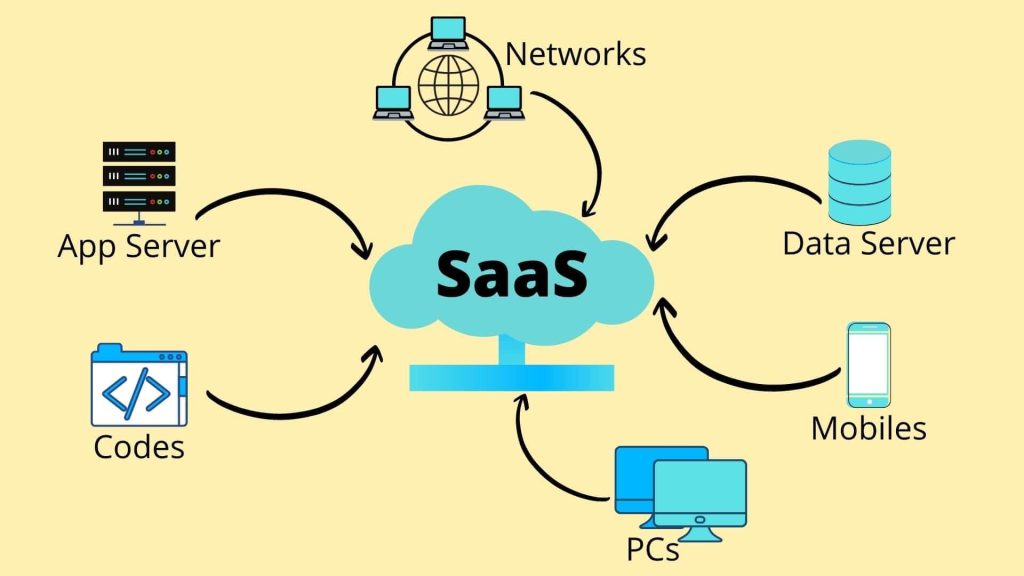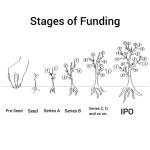
Introduction
In the ever-evolving digital landscape, Software as a Service (SaaS) has emerged as a game-changer, revolutionizing the way businesses access, utilize, and manage software solutions. This cloud-based delivery model has disrupted traditional on-premises software installation, offering a more flexible, scalable, and cost-effective approach to software consumption.
What is SaaS?
Software as a Service (SaaS) is a software delivery model where applications are hosted and delivered over the Internet by a third-party provider. Instead of purchasing and installing software on local devices or servers, users access the software through a web browser or a lightweight client application, eliminating the need for complex installations and maintenance.
Key Benefits of SaaS:
- Cost Efficiency: Businesses can eliminate the upfront costs associated with purchasing and maintaining hardware, servers, and software licenses. Instead, they pay a subscription fee, often based on usage or the number of users, making it easier to manage costs and budget effectively.
- Scalability: These solutions are designed to be highly scalable, allowing businesses to easily add or remove users as their needs change. This flexibility ensures that companies only pay for the resources they require, enabling seamless growth or downsizing without significant infrastructure investments.
- Automatic Updates: The providers handle all software updates, patches, and upgrades, ensuring that users always have access to the latest features and security enhancements without the need for manual intervention or disruptions to their workflows.
- Accessibility: With Software as service applications being hosted in the cloud, users can access them from anywhere with an internet connection, enabling remote work, collaboration, and seamless integration across multiple devices and locations.
- Data Security: Reputable providers invest heavily in robust security measures, including data encryption, secure servers, and regular backups, ensuring that sensitive business data is protected from potential threats and data loss.

SaaS Deployment Models:
- Public Cloud: In the public cloud model, the applications are hosted and managed by the service provider on their own infrastructure. Users access the application over the internet, sharing resources with other customers.
- Private Cloud: With a private cloud deployment, the applications are hosted and managed within a company’s own data center or a dedicated, secure environment provided by the service provider. This model offers greater control and customization options but may be more expensive.
- Hybrid Cloud: The hybrid cloud model combines the best of both worlds, allowing businesses to leverage public and private cloud deployments based on their specific needs, security requirements, and compliance regulations.
Key Industries Embracing SaaS:
- Customer Relationship Management (CRM): Salesforce, Hubspot, and Zoho CRM are popular SaaS solutions that enable businesses to manage customer interactions, sales pipelines, and marketing campaigns more efficiently.
- Enterprise Resource Planning (ERP): SaaS-based ERP systems like NetSuite, Oracle Cloud ERP, and Microsoft Dynamics 365 provide businesses with integrated solutions for managing financials, supply chains, human resources, and other core operations.
- Collaboration and Productivity: Google Workspace (formerly G Suite), Microsoft Office 365, and Slack are examples of SaaS platforms that facilitate team collaboration, document sharing, and productivity across various devices and locations.
- Human Resource Management (HRM): HRM solutions like BambooHR, Workday, and UltiPro streamline HR processes, including recruitment, onboarding, payroll, and performance management.
Considerations for Adopting SaaS:
- Data Security and Compliance: While Software as a service providers prioritize data security, businesses should carefully evaluate their data protection measures, compliance requirements, and any industry-specific regulations before adopting a SaaS solution.
- Integration and Customization: Assess the integration capabilities of SaaS applications with existing systems and processes. Additionally, evaluate the level of customization and configuration options available to align with your business requirements.
- Vendor Lock-in: Carefully review data portability and migration options to avoid vendor lock-in scenarios, ensuring that you can seamlessly transition to alternative solutions if needed.
- Internet Connectivity: Since Software as a service applications rely on an internet connection, ensure that your organization has reliable and high-speed internet access to maintain optimal performance and productivity.
The Future of SaaS:
As Technology continues to evolve, the SaaS landscape is also rapidly transforming. Emerging trends such as Artificial Intelligence (AI), Machine Learning (ML), and Internet of Things (IoT) integration are poised to enhance SaaS capabilities further, enabling more personalized experiences, automated processes, and real-time data analytics.
Conclusion
The emergence of Software as a Service (SaaS) has transformed the way businesses access and utilize software solutions, providing unmatched flexibility, scalability, and cost-effectiveness. By adopting SaaS, companies can streamline their operations, promote collaboration, and gain an advantage in a highly competitive digital landscape. As technology advances, the future of SaaS looks even more promising, empowering businesses to innovate, adapt, and thrive in the ever-changing digital world.
Also read The Rise of Anything as a future
MICRONUGGEST SAAS VIDEO


